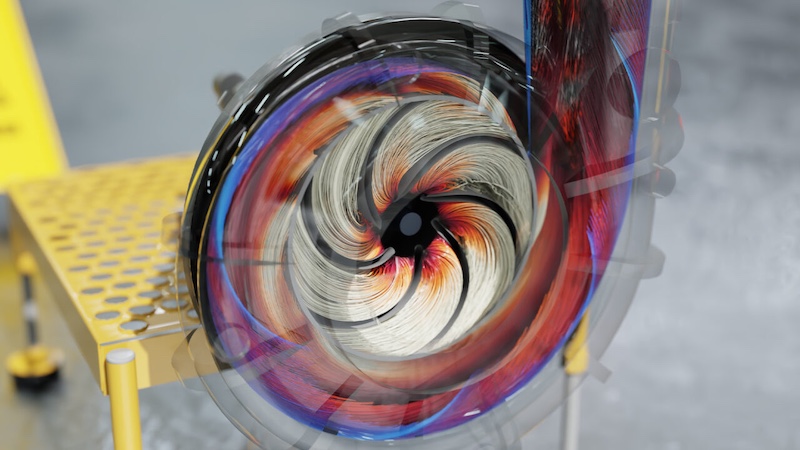
Nvidia has introduced a groundbreaking AI physics platform, the DoMINO NIM microservice, which allows engineers in the aerospace and automotive industries to accelerate complex tasks by as much as 500 times. This innovation, part of the Nvidia PhysicsNeMo framework, leverages GPU-accelerated computing, AI-driven physics modeling, and interactive digital twins to revolutionize how simulations are conducted for aircraft, vehicles, and heavy machinery.
The technology enables “near real-time simulation” of physical systems, significantly shortening design cycles. Engineers can now explore larger design spaces with enhanced accuracy, which Nvidia claims “unlocks incredible speedups” and provides solutions providers the opportunity to innovate in previously unimaginable ways.
Transforming Engineering with AI
Simulation firms are already reporting remarkable performance gains. For instance, Ansys, part of Synopsys, is utilizing Nvidia PhysicsNeMo to achieve engineering speedups of “up to 500x.” This leap in performance is attributed to the combination of GPU acceleration with AI-powered physics models. The framework delivers a highly accurate initial state for fluid simulations—historically a time-consuming process—thereby reducing runtime and enhancing performance.
Nvidia states that fluid simulations can run “up to 50 times faster” when using GPU-accelerated tools like Ansys Fluent. Additionally, employing PhysicsNeMo’s pretrained models for the initial state can amplify this speed by a further 10 times.
Pioneering Aerospace Design
Aerospace manufacturers are among the first to adopt this technology. Companies like Northrop Grumman and Luminary Cloud are applying Nvidia’s accelerated computing stack to spacecraft thruster nozzle design. Luminary’s CUDA-X-accelerated computational fluid dynamics (CFD) solver has allowed Northrop to generate extensive datasets, enabling rapid testing of thousands of design options to identify optimal configurations.
Similarly, Blue Origin is employing PhysicsNeMo for the design of next-generation space vehicles. The framework facilitates the combination of existing and augmented datasets to train AI models, enabling swift exploration of design candidates before validating outcomes with high-fidelity CUDA-X solvers.
The shift towards GPU-accelerated computational engineering is part of a broader industrial trend. Companies like Cadence are advancing real-time simulation capabilities through their Cadence Fidelity CFD platform, which is also powered by Nvidia’s CUDA-X libraries. Their Millennium M2000 supercomputer is instrumental in helping aerospace manufacturers develop large AI training datasets while optimizing designs interactively.
Additionally, a global energy company has leveraged Cadence Fidelity’s large eddy simulation (LES) solver alongside Nvidia’s Grace Blackwell-accelerated platforms to conduct high-fidelity multiphysics simulations for turbine systems. Nvidia asserts that these advancements significantly cut development time while enhancing efficiency, emissions performance, and reliability for future energy infrastructure.
Nvidia’s innovations signify a transformative phase in AI-driven engineering, where simulation speed and accuracy are poised to reshape the design processes across the aerospace, automotive, and energy sectors. As industries continue to embrace these technologies, the potential for groundbreaking advancements becomes increasingly tangible.







